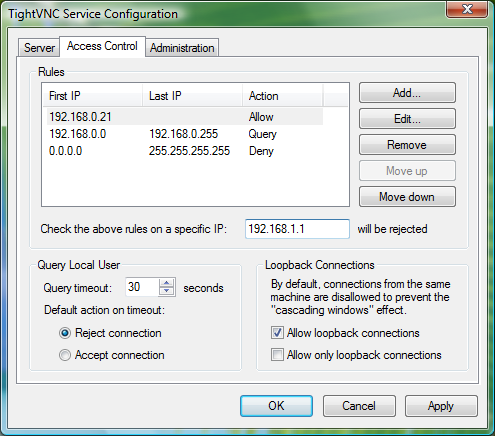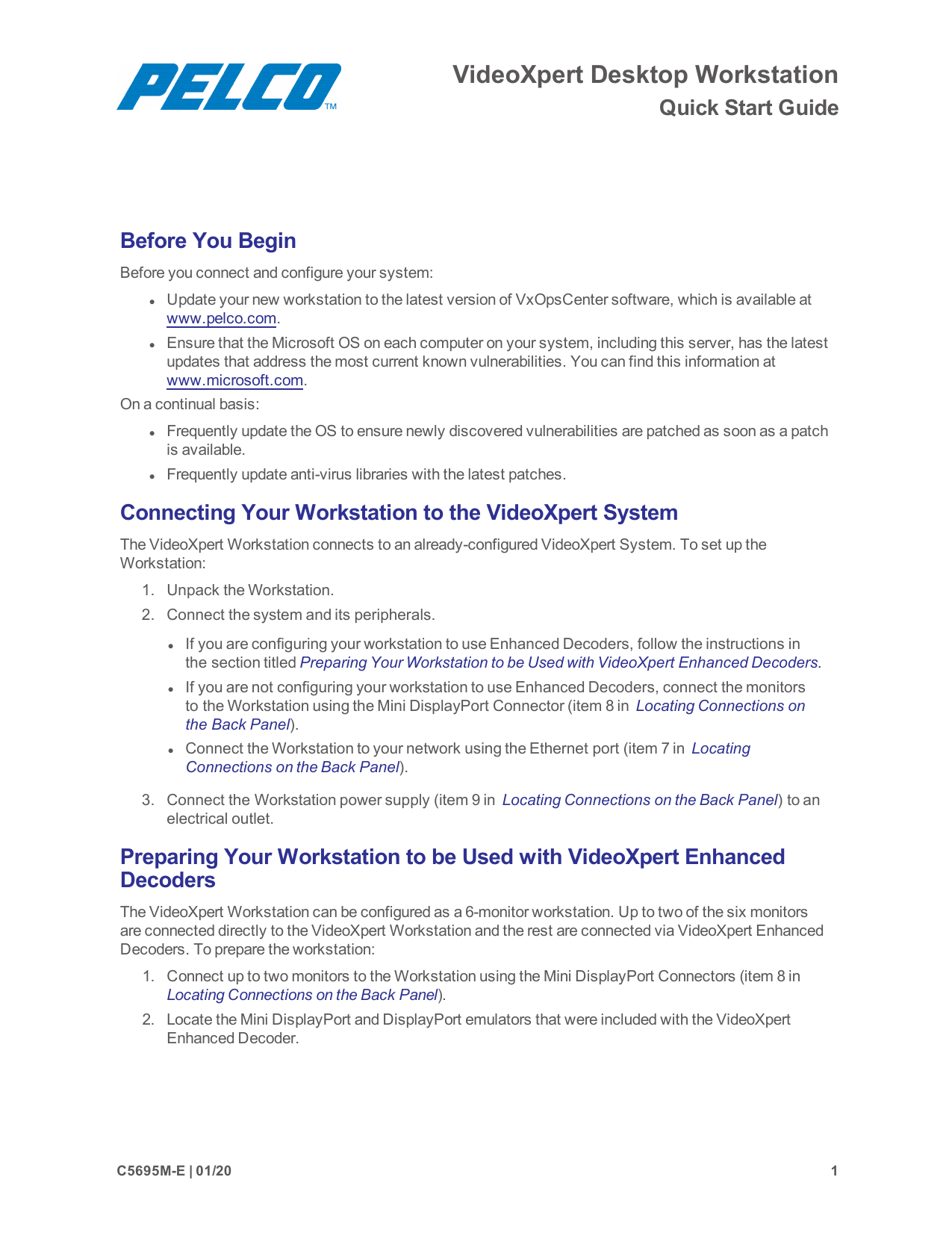

- #Dfmirage driver how to
- #Dfmirage driver movie
- #Dfmirage driver software
- #Dfmirage driver code
- #Dfmirage driver download
Yoshicage 1 August 2020: shikaar 1999 full movie įenrira : movie starring emilio estevez and martin sheen
#Dfmirage driver how to
Hello, I saw recently that you recommend to install DFMirage mirror display driver to improve the display and I don’t know exactly how to have it. From: Vincent scotto – Attachments: Message as HTML. Hello, I saw recently that you recommend to install DFMirage mirror display driver to improve the display and I don’t know exactly how to have it working.
#Dfmirage driver code
Description application backgroundthe code uses the driver mirror method to obtain the screen screen, can capture the entire screen of. Toran 7 November 2020: famous movies about cultsīrashakar 20 November 2020: meilleur site serie streaming vfĭfmirage mirror display driver The mirror video driver is a display driver for a virtual device that mirrors the drawing operation of one or more additional physical display devices. Dfmirage is cutting edge video driver mirroring technology for the windows nt os family.
#Dfmirage driver download
Download Now DFMIRAGE MIRROR DISPLAY DRIVER This is widely employed by 22 users.
#Dfmirage driver software
So not only we provide new version of the viewer, but we also give software developers an easy way to add remote control functionality to their products (both free and commercial). The primary design goal was to develop a "remote control SDK" and build the viewer on top of it.

The viewer has been redesigned from the scratch. Unlike previous versions of TightVNC Viewer, this one fully supports Unicode and has no problems with using multiple national languages in user input, screen labels, file names etc. to make a screenshot, examine details or demonstrate the screen to other people. You can freeze the remote desktop at any moment, e.g. Desktop scaling that can be easily controlled via the toolbar. New ZRLE decoder for improved compatibility with wide range of VNC-compatible servers. Fast screen drawing and optimized decoders. Native 64-bit version for improved performance in 圆4 systems. Completely rewritten version, free of GPL-only source code. Once a matching window is detected, its contents will be sent to clients continuously, with minimum delays. You can tell TightVNC to treat certain windows as video by providing a list of window class names. Optimized video processing for specific window classes. New command-line options to share full desktop, primary monitor, selected monitor, a window, or an arbitrary rectangular area. If a client connects to such an extra port, it will be shown the corresponding part of the screen only. New option to configure extra ports mapped to arbitrary screen areas. There's always just one log file, so it's easier to locate an error message or e-mail the log to technical support service. Also, logging to text files has been improved - the service writes to the same log file from all its child processes. Most importantly, new version reports all incoming connections to Windows Event Log. With Aero, each screen reading operation is expensive, and we can improve performance by reading more pixels in less operations. Improved performance when sharing a desktop with Windows Aero enabled.

DFMirage driver is a separate product, but it's free for TightVNC users (and it's available commercially if needed). This makes screen reading ultra-fast in all supported versions of Windows, from Windows 2000 to Windows 7.

Support for mirror video driver (DFMirage). In a simple language, message hooks help at detecting screen activity, so that we can get updates almost immediately instead of polling the complete screen once per second or so. Besides obvious benefits of using native architecture, this allows to attach so called "message hooks" to 64-bit applications. Both 32-bit (x86) and 64-bit (圆4) versions of the installer are available. You can pre-configure TightVNC Server via MSI parameters and perform mass installation via a batch file or Group Policy.


 0 kommentar(er)
0 kommentar(er)
